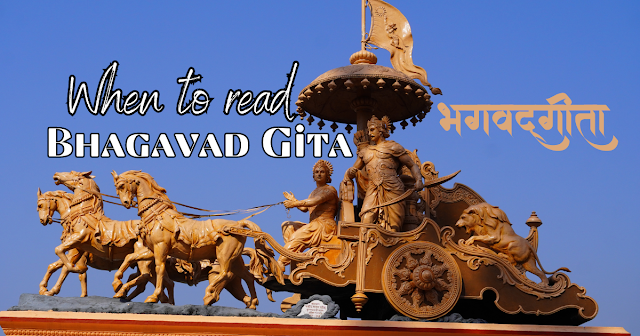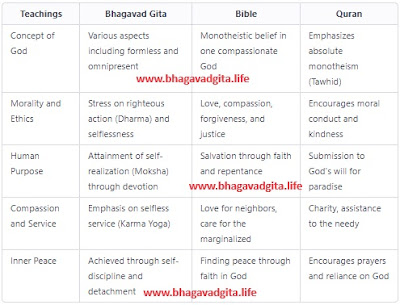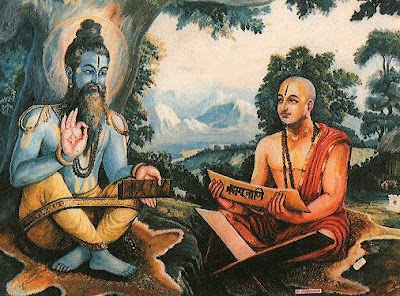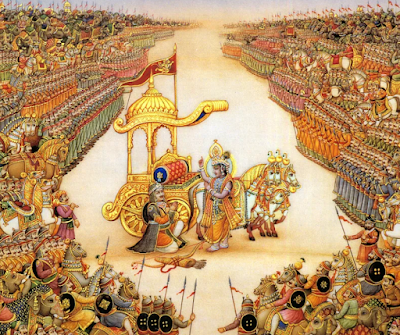When to Read Bhagavad Gita? || At What Age Bhagavad Gita has to be Read and How Bhagavad Gita's learnings can be applied in real life?

Introduction: The Bhagavad Gita, a spiritual epic, transcends age barriers, offering timeless wisdom that resonates across generations. While there isn't a specific age requirement for delving into its teachings, understanding how to apply these profound lessons in real life is key. Unveiling the Timelessness: The Bhagavad Gita's wisdom isn't bound by age; rather, it caters to seekers at different life stages. Young minds, driven by curiosity, find solace in its philosophical depth, while adults navigating life's complexities discover practical guidance. Beginning the Journey: There's no 'correct' age to start reading the Gita. Whether in adolescence, adulthood, or later years, the Gita welcomes all. For the young, it provides foundational principles; for the mature, nuanced insights; and for the elderly, solace and spiritual fulfillment. Applying the Gita's Teachings: 1. Self-Discovery: In Youth : Foster self-awareness to navigate identity and purpose.


